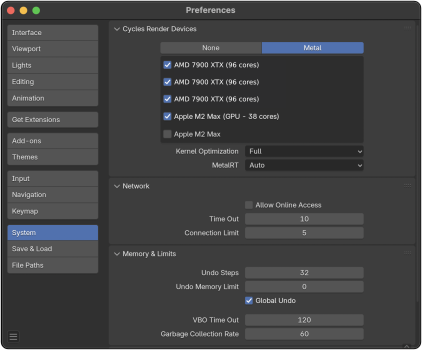I know that there are some limitations in the support of external graphics cards on M processor Macs, but I wonder if it would be possible to use external graphics cards only for 3D computing and rendering – creating drivers using Metal only as accelerators for computing and an external chassis for several graphics cards.
In this case, the image display handling and other tasks requiring very fast memory access would be performed by the Apple processor, and the calculations (3D scene raytracing) could be sent to several external graphics cards. Ideally, this could even be a single enclosure with several Thunderbolt ports and a powerful power supply for several graphics cards.
In this case, the image display handling and other tasks requiring very fast memory access would be performed by the Apple processor, and the calculations (3D scene raytracing) could be sent to several external graphics cards. Ideally, this could even be a single enclosure with several Thunderbolt ports and a powerful power supply for several graphics cards.



